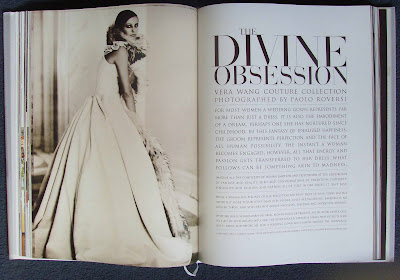This led me to think about other cultures and languages that might also use typography in this way.
After some initial research I found a site called planet typography.com that featured an article by Alejandro Lo Celso, a famous Argentinean typographer, (http://www.planet-typography.com/news/designer/celso.html).
He says, "My work as a type designer, as well as the work of many others in the region, is the work of somebody who believes in this idea of cultural diversity and subversive identities, as the necessary means where interaction between designer and his culture take place.”
He mainly works with old typefaces, reviving them.
“I do think revivalism is a major factor in the evolution of type design.”
This made me think back to our fist year typography design module where I was assigned the typeface Bembo, a typeface that had been redesigned from its renaissance ancestor by Stanley Morrison, who Celso later quotes.
Referring back to the original quote, these fundamental links between a designer and his environment, culture and ethnicity really intrigue me. I then followed links on the page to three different Latin American designers.
http://www.santotipo.com/
http://www.tupigrafia.com.br/
http://www.tipografia.cl/
(Some unfortunately do not have an English version of the site, but you can still appreciate the use of the typography.)

First of all, a project called the Santotipo by Mauro Oliver and Claudio Pousada, with contributions by Javier Bernardo.
The project is “an open enterprise that works for the development of experimentation on typography. It proposes a way to canalize different views on design, focusing on discoveries and development of experimentation on typography.”
Santotipo’s first part is, from folks to fonts. Over one hundred pictures from Argentina, Latin America and Europe. “Surveying spontaneous, accidental or ingenuous design processes on public places.”
These photos capture the integrity and honesty of all the diverse typefaces. The human element makes them charismatic and rich. I also feel that the context in which a typeface is used is extremely important in its overall reception.

The second part is Arranquismo (tearing-off-ism) A review of the urban custom of tearing graphic pieces (posters, notices) from the walls, and a related artistic proposal.














.jpg)
.jpg)


